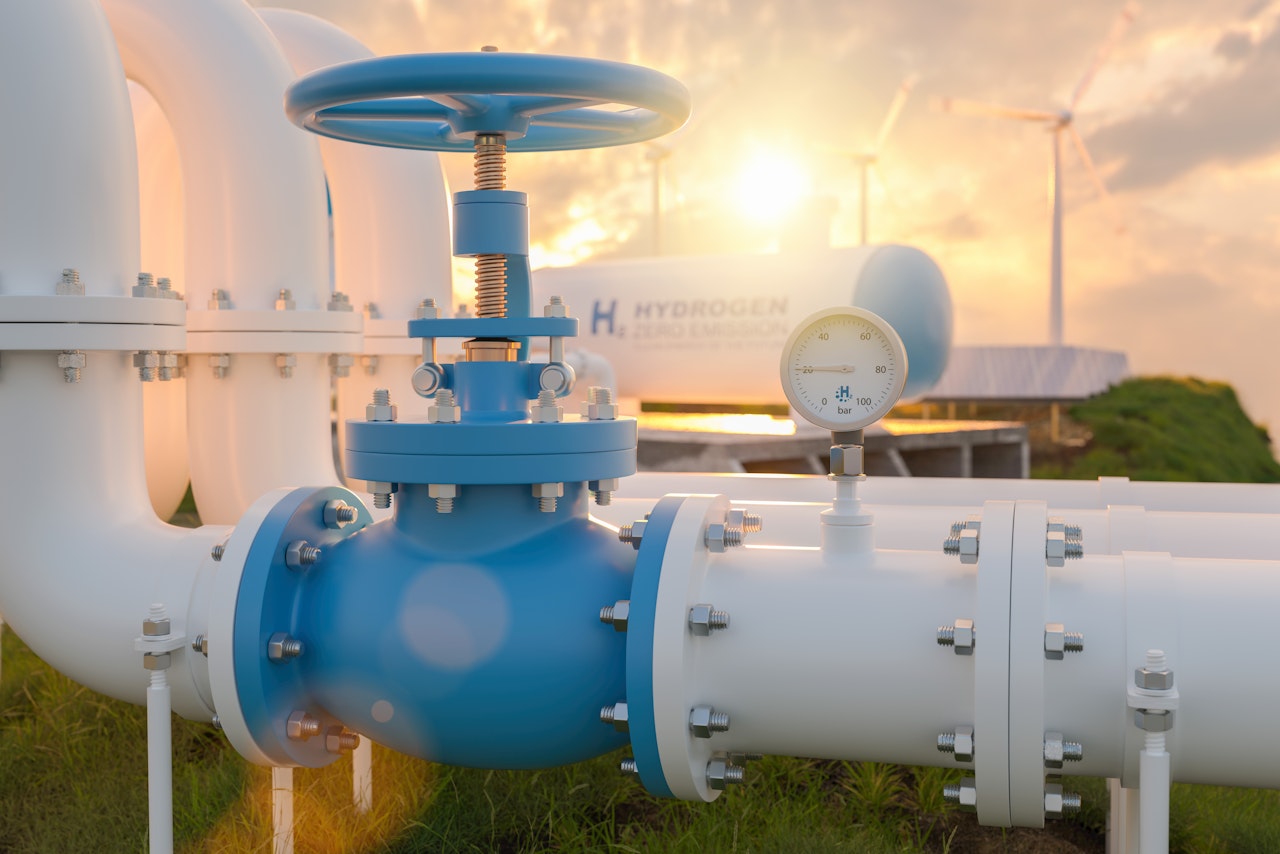Northwest European Hydrogen Monitor 2024

About this report
Northwest Europe is at the forefront of low-emissions hydrogen 1 development. This region accounts for around half of Europe’s total hydrogen demand, and it has vast and untapped renewable energy and carbon storage potential in the North Sea. It also has a well-developed, interconnected gas network which could be partially repurposed to facilitate the transmission and distribution of low-emissions hydrogen from production sites to demand centres.
The development of low-emissions hydrogen in Northwest Europe could gradually scale up in the short- to medium-term. Northwest European countries now have the ambition to develop up to 30 to 40 gigawatts (GW) of electrolyser capacity by 2030. However, most low-emissions hydrogen projects are currently in the early stages of development. Their success will depend to a large extent on supporting policies and regulatory frameworks, with continuous monitoring of progress. The cost-efficient development of low-emissions hydrogen markets will also necessitate a regional approach that maximises existing synergies among national markets.
This is the second edition of the Northwest European Hydrogen Monitor. It provides an annual update of low-emissions hydrogen market developments in Northwest Europe, and is the result of collaboration among the countries involved in the Hydrogen Initiative of the Clean Energy Ministerial (CEM-H2I) workstream entitled “Roundtable on the North-West European Region” and the hydrogen working group of the Pentalateral Forum.
The countries analysed in this Monitor are Austria, Belgium, Denmark, France, Germany, Luxemburg, the Netherlands, Norway, Switzerland and the United Kingdom. Market monitoring is accompanied by regular dialogues with key stakeholders to facilitate the exchange of information and data collection.
Online table of contents
References
When the term “low-emissions hydrogen” is used, the International Energy Agency refers to hydrogen produced via electrolysis where the electricity is generated from a low-emission source (renewables or nuclear), biomass or fossil fuels with carbon capture usage and storage (CCUS). This does not necessarily reflect the official definitions of the countries involved in the Monitor on the carbon intensity or sustainability of hydrogen production methods.
When the term “low-emissions hydrogen” is used, the International Energy Agency refers to hydrogen produced via electrolysis where the electricity is generated from a low-emission source (renewables or nuclear), biomass or fossil fuels with carbon capture usage and storage (CCUS). This does not necessarily reflect the official definitions of the countries involved in the Monitor on the carbon intensity or sustainability of hydrogen production methods.